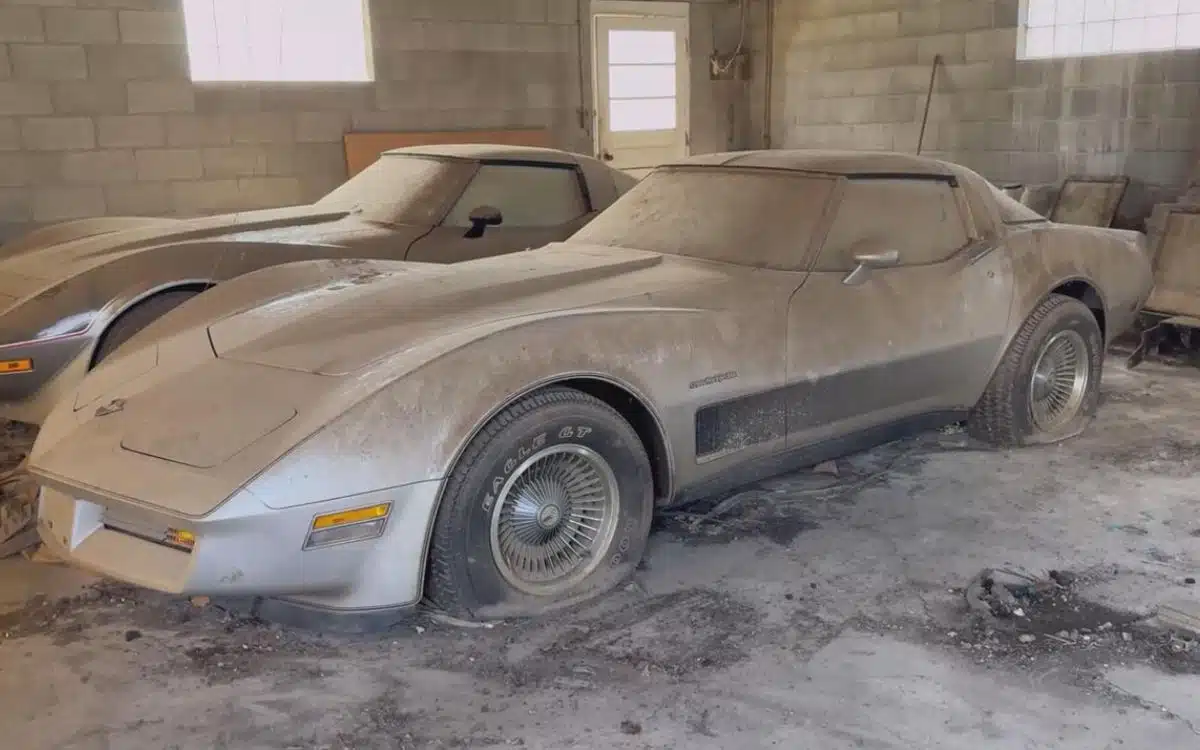A ‘mind-blowing’ discovery on sea floor could actually be 8,000-year-old relic
- An ancient artefact has been found off the coast of Naples
- It’s around 8,000 years old
- The piece of volcanic glass was used to create weapons in the Neolithic era
Published on Mar 17, 2024 at 1:00 AM (UTC+4)
by Andie Reeves
Last updated on Mar 18, 2024 at 1:29 PM (UTC+4)
Edited by
Adam Gray
Scientists have plunged to the ocean’s depths and uncovered a relic they believe to be evidence of the world’s oldest shipwreck on the sea floor.
A simple piece of obsidian was found resting on the sea floor off the coast of Naples.
But the ancient volcanic rock had been there for centuries and could gives us insight into a past we know little about.
READ MORE: Young friends convert shipwreck in middle of ocean into cozy lounge with gaming console
Obsidian is not just a paint hue, but this dense, and deep black volcanic glass was a precious commodity for ancient civilizations.
When fractured, the glass is incredibly sharp, “sharper than a modern steel surgical scalpel”, in fact.
This made it ideal for making knives, arrows and spears without machinery throughout history.
And this relic was no flint. In fact, the piece the historians found is the size of a large book, weighing in at 17.6 pounds (7.98 kg).
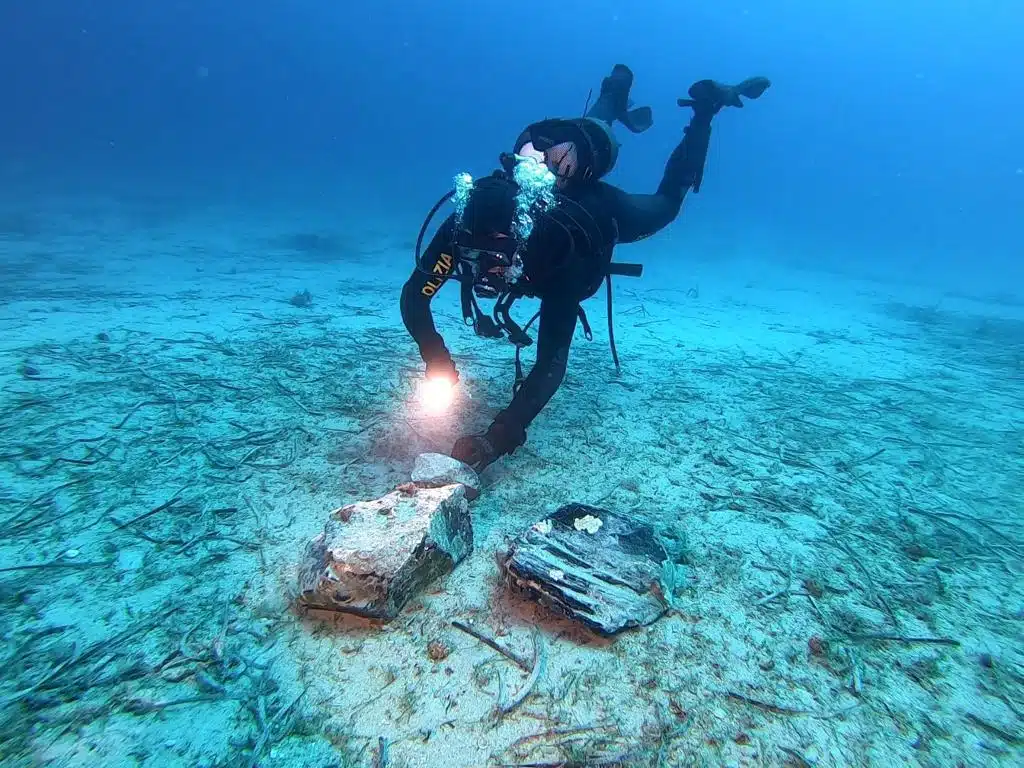
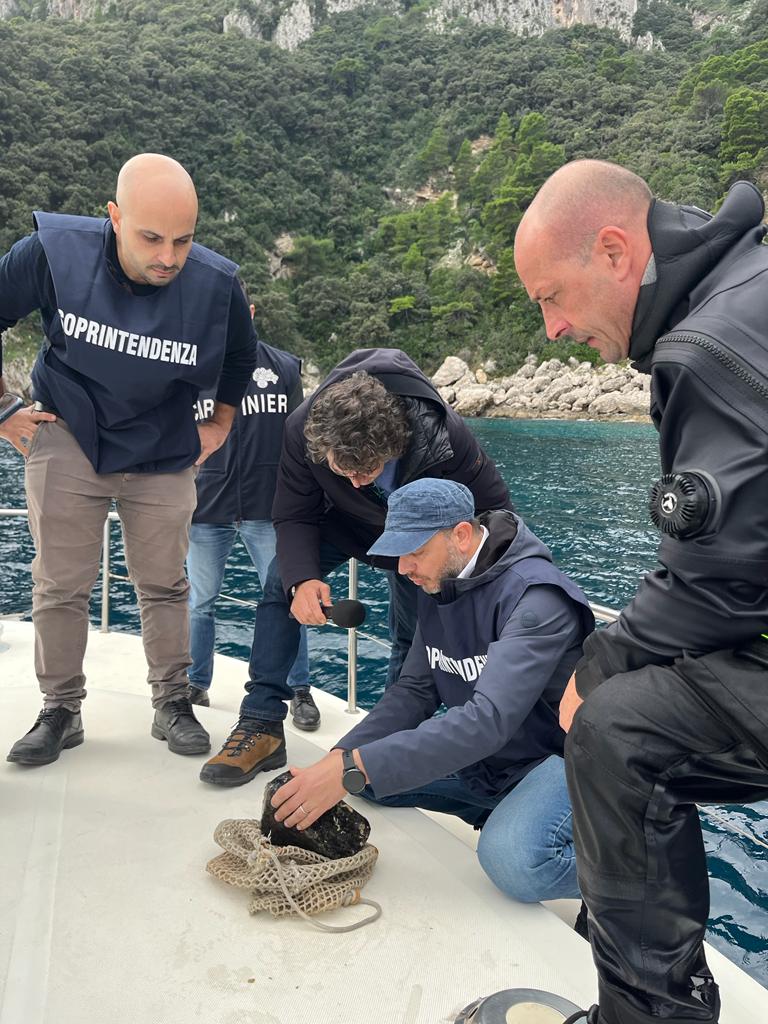
Naturally occurring glass in the sea might seem commonplace to the untrained eye – but researchers quickly realised that this relic had some pretty exciting implications.
The Neolithic period spans between 12,000 and 2,000 BC.
And, while there is some evidence suggesting people traveled by boat at the time, such evidence is rare.
That’s because any wrecks from the wooden ships of the era would have eroded long ago.
As a piece of obsidian is unlikely to be found naturally in this area, we can assume it was being transported by boat.
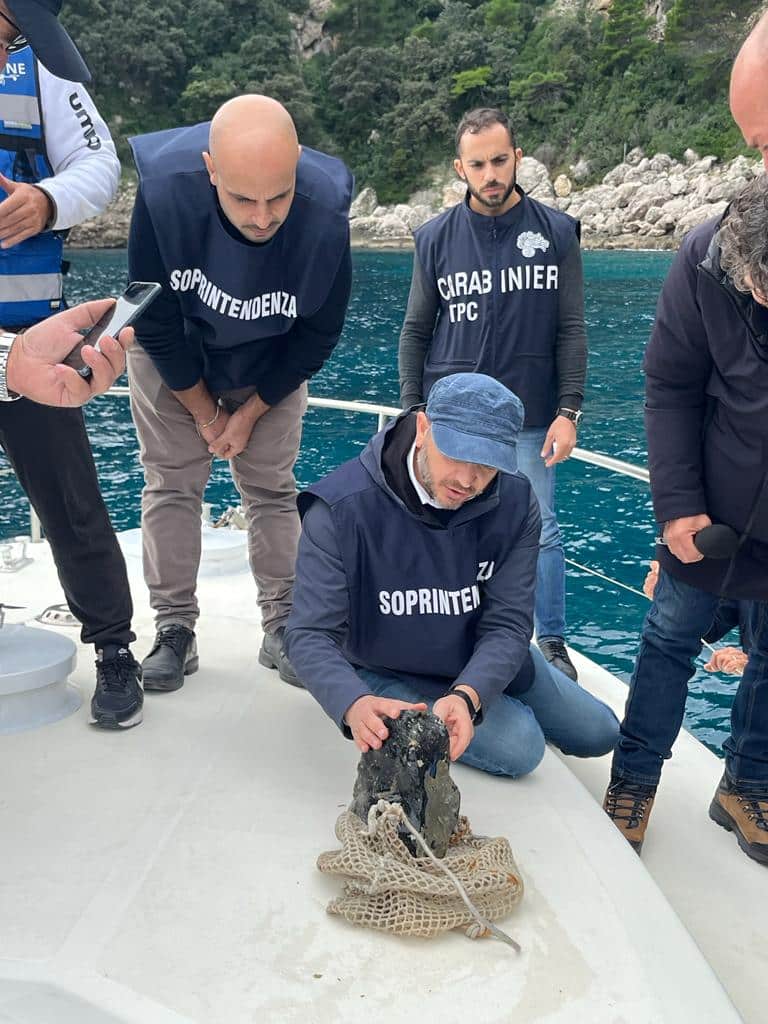
So these divers have essentially discovered the oldest known shipwreck on Earth.
The relic has markings on it, clearly showing that humans interacted with it.
Customers would have paid to chip off pieces from the obsidian, choosing a size to suit whatever they needed it for.
Thin pieces would be used for drilling while flat, sharp pieces were for skinning animals or making weapons.
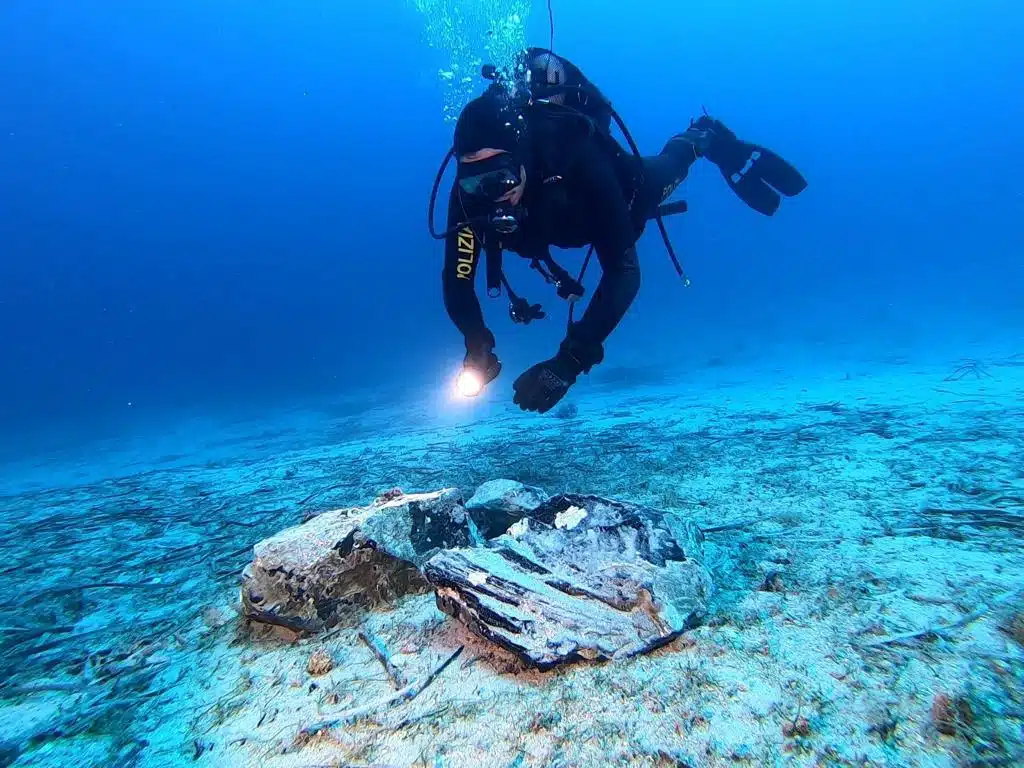
Now, the divers will continue to scour the sea floor around the site for more evidence of a Neolithic shipwreck.
If found, it will be the first of its kind.
“The remains of a Neolithic hull in Mediterranean waters have never been found to date,” Mariano Nuzzo, a representative for the Naples metropolitan area said.
“It would truly be a very rare event, indeed unique.”
The obsidian was found on the sea floor close to Blue Grotto, a sea cave that the Roman emperor Tiberius used to use as a private bathing pool.
But to keep looters at bay, the exact location is being kept a secret.

Andie Reeves
Andie is a content writer from South Africa with a background in broadcasting and journalism. Starting her career in the glossy pages of Cosmopolitan and Marie Claire, Andie has a broad portfolio, covering everything from sustainability solutions to celebrity car collections. When not at her laptop Andie can be found sewing, recording her podcast, taking board games too seriously or road-tripping in her bright green Kia.



